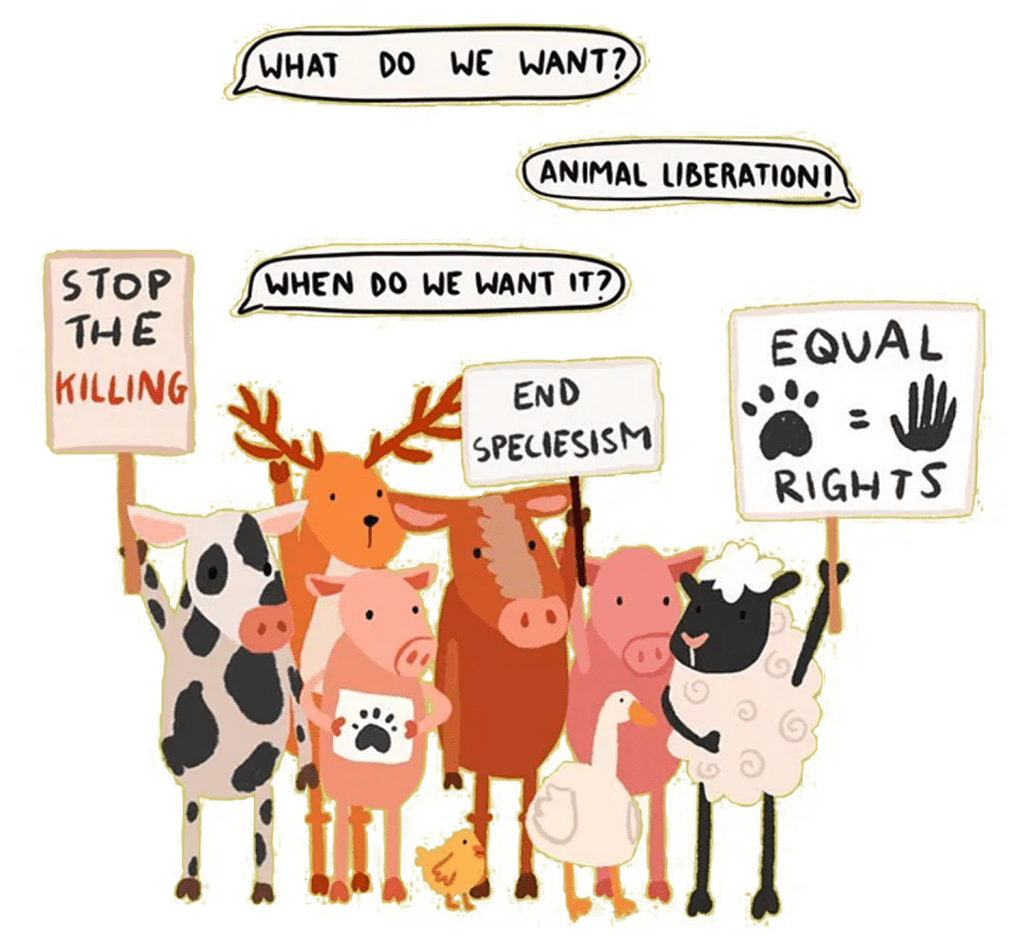As stewards of the planet, humanity faces several social justice issues that tug at the very fabric of our ethics. Among these concerns, few possess the poignancy and urgency of animal rights. The heart-wrenching dichotomy between the palpable suffering of sentient beings and the collective indifference of society renders this issue not just a mere concern, but a formidable challenge to our moral compass. Are animal rights, then, the saddest social justice issue of our time?
To grapple with this question, one must traverse the intricate landscape of social justice itself. Each movement, be it for racial equality, gender rights, or environmentalism, offers a compelling narrative—a tapestry woven with threads of resilience, suffering, and hope. Yet animal rights often remain an afterthought, a marginalized whisper overshadowed by the loud proclamations of more recognized battles. This neglect speaks volumes about the societal hierarchy of concern, where the plight of non-human beings frequently languishes at the thresholds of empathy.
Underlying this hierarchy is the anthropocentric worldview that has dominated human thought for centuries. Such a perspective places humankind at the apex of existence, often relegating other species to a status of subservience. In doing so, the transgressions faced by animals—exploitation, suffering, and systemic violence—are trivialized, creating a chasm of understanding between species. The irony is palpable: while social justice movements advance the acknowledgment of marginalized voices, the cries of the voiceless—those of our animal companions—remain drowned out in this cacophony.
At the core of the animal rights discussion is the ethical consideration of sentience; it is the capability for feeling pain, joy, and complex emotions that renders beings worthy of moral consideration. Each creature, whether a pig wallowing in a pen or a dog wagging its tail, experiences life in nuanced ways. Their sufferings should evoke compassion rather than indifference. Yet, the statistics provided by animal agriculture and cosmetics industries paint a grim picture: billions are systematically tortured and killed each year in the name of human convenience, tradition, and taste. Herein lies the paradox of our age: while society clamors for justice on various fronts, it simultaneously turns a blind eye to atrocities that occur behind closed doors, away from the scrutinizing lens of public attention.
The psychological dissonance surrounding animal rights can be likened to a grand theater in which the protagonists—the animals—perform their unsung tragedies. The audience, however, remains asleep at the wheel, distracted by the glitz and glamour of daily life, unwilling to confront the curtain of complicity they draw around themselves. It is common to hear the argument that animal rights pale in comparison to pressing human issues. Yet this is a false dichotomy; the fight for animal liberation is intricately linked to broader narratives of justice. Freedom from oppression exists on a continuum, and to deny the rights of animals is to perpetuate a cycle of exploitation that seeps into the very ethos of our societal values.
Furthermore, the environmental implications of animal exploitation extend this struggle into the ecological arena. The unsustainable practices of mass agriculture contribute significantly to climate change, habitat destruction, and the depletion of vital resources. Here, the intersectionality of veganism and environmentalism becomes profoundly relevant. By opting for plant-based alternatives, one not only advocates for animal rights but also champions the preservation of the planet for future generations. This unyielding interconnectedness unveils a potential paradigm shift in how justice is conceptualized—where the liberation of one species fortifies the well-being of another, from humanity to the Earth itself.
Thus, when considering animal rights as a facet of social justice, an intriguing metaphor emerges: the concept of “moral myopia.” This visual impairment denotes a failure to see beyond immediate concerns, obscuring the larger picture of interconnected suffering. It is imperative to cultivate moral clarity, to widen the lens through which we view injustice. The road ahead requires an urgent introspection into our values, challenging the normative frameworks that dictate our engagement with the world. As empathy expands, the recognition of animal rights should no longer be seen as an auxiliary issue but rather as a fundamental facet of an equitable society.
Indeed, the quest for animal rights is not merely a plea for recognition but a profound call to action. The time has come for advocates to dismantle the barriers that limit compassion to only those entities that mirror humanity. The pursuit of justice must be inclusive, expansive enough to encompass all beings who share this planet. By forging alliances across various movements—collaborating with environmentalists, feminists, and human rights advocates—animal rights can emerge as a powerful foundation, rather than an isolated concern. This cross-pollination of ideas and strategies will invigorate the dialogue, illuminating the interconnected nature of all forms of oppression and fostering a holistic approach to justice.
Are animal rights, then, the saddest social justice issue of our time? The answer is as complex as the relationships we harbor with the creatures that share our world. It is undoubtedly one of the most critical social justice challenges we face, marked by pervasive apathy, ethical contradictions, and a clarion call for immediate action. As we forge ahead in our advocacy, let us awaken from moral myopia and build a tapestry vibrant with compassion, recognizing that the liberation of every being binds us all in a shared quest for justice.








